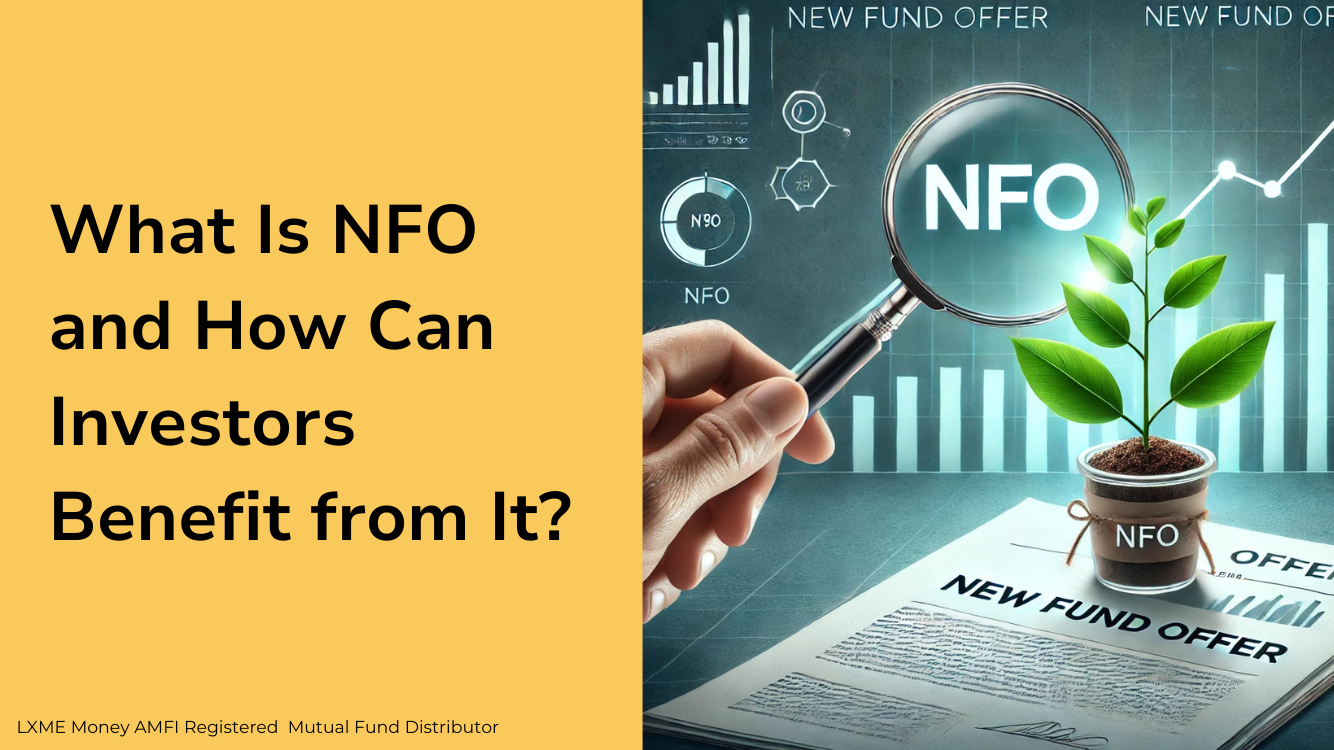Diversification is a key element of a good investment portfolio. As investors, we try to spread our funds across various asset classes like equity, debt, real estate, gold, etc. Even within each asset class, we try to further diversify to minimize risks.
In equity investing, a known method of reducing risks is diversifying your equity portfolio by investing in shares of companies from different sectors and of market capitalizations. This is where the Index Funds step in.
An index fund is a mutual fund that imitates the portfolio of an index. These funds are also known as index-tied or index-tracked mutual funds. Let us explore the world of index funds in detail.
What are Index Funds?
An index fund can be explained as a type of mutual fund which constructs its portfolio by tracking the composition of a standard market index such as the NIFTY 50 or the Sensex. The fund replicates the index strategy and invests in the stocks which constitute the benchmark index, in the same proportion that is present in the index. This theoretically ensures a performance identical to that of the index, which is being tracked. Low expense ratio is its main USP.
Index funds are not actively managed funds, thus incurs low expenses. They do not aim at outperforming the market, but instead to maintain uniformity. They help an investor manage or balance his risks in his investment portfolio.
Features of Index Funds
- Equity Index funds can be taken as a long-term, less risky form of investment
- The success of these funds predominantly depends on the choice of index and their low volatility.
- Since these funds create a portfolio that almost replicates the chosen index, the returns offered by these funds are also similar to that of the index.
- Given the dependence of these funds on the performance of an index, index funds are passively managed; hence, these funds are not meant to outperform the market but instead mimic the index’s performance.
- Due to the passive management of these funds, they involve lesser expense ratio and thus, low expenses.
- Index funds are, additionally, known to provide broad market exposure and low portfolio turnover to the investors.
How an Index Fund Works
“Indexing” is a form of passive fund management. Instead of a fund portfolio manager actively stock picking and market timing—that is, choosing securities to invest in and strategizing when to buy and sell them—the fund manager builds a portfolio whose holdings mirror the securities of a particular index. The idea is that by mimicking the profile of the index—the stock market as a whole, or a broad segment of it—the fund will match its performance as well.
Let’s say that an Index Fund is tracking the NSE Nifty Index. This fund will, therefore, have 50 stocks in its portfolio in similar proportions. An index can include equity and equity-related instruments along with bonds. The index fund ensures that it invests in all the securities that the index tracks.
While an actively managed mutual fund strives to outperform its underlying benchmark, an index fund, being passively managed, tries to match the returns offered by the underlying index.
Taxation on Index Funds
On redeeming the units of an index fund, you earn capital gains – which are taxable. The rate of tax depends on the holding period – the period for which you were invested in the fund.
- The capital gains earned by you for a holding period of up to one year = Short Term Capital Gain (STCG) which is taxed at 15%.
- The capital gains earned by you for a holding period of more than one year = Long Term Capital Gain (LTCG). LTCG up to Rs.1 lakh is not taxable. Any LTCG above this amount is taxed at the rate of 10% without indexation benefits.
For example: If you made a capital gain of Rs.50,000 on investment in an equity fund, Short Term Capital Gains Tax of 15% would be levied if you withdraw the amount within one year of investment. The payable tax would be Rs.7,500.
Also, if you made a capital gain of Rs.1.5 lakh on investment in an equity fund, and withdraw the amount after 1 year of investment, Long Term Capital Gains Tax of 10% would be levied on Rs.50,000. ₹1Lakh is exempted from taxation. The payable tax would be Rs.5000.
Who should invest in an Index Fund?
The investment decision in a mutual fund solely depends upon your risk preferences and investment goals.
Index funds are ideal for investors who are risk-averse and expect predictable returns. These funds do not require extensive tracking. If you wish to participate in equities but don’t wish to take risks associated with actively-managed equity funds, you can choose a Sensex or Nifty index fund.
However, if you wish to earn market-beating returns, then you can opt for actively-managed funds. In an actively managed fund, the fund manager changes the composition of the portfolio based on his assessment of the possible performance of the underlying securities. This adds an element of risk to the portfolio. Since index funds are passively managed, such risks do not arise. However, the returns will not be far greater than those offered by the index.
Advantages
- Low Cost: Since index funds are passively managed, the total expense ratio (TER) is very less as compared to the actively managed ones. While an actively managed fund may charge you anything between 1-2% as TER, an index fund would typically charge you between 0.20% to 0.50%.
- Diversification: An index fund typically constitutes of top companies in terms of market capitalization. It means leading market players across the sectors would be a part of the benchmark index. The auto diversification allows you to reduce risk from staying invested in a particular stock or a sector.
- No errors: Since the allocation of assets in case of index funds is not at the discretion of the fund manager, there is virtually no scope of you incurring losses due to inefficiency in asset allocation or poor management.
Overall, index investing is one of the most viable wealth-building strategies, especially if you have a low-risk appetite. It’s the investing approach that takes the least amount of time and effort from your end. You can choose from various equity or debt index funds keeping your financial goals, risk appetite, and investment horizon in mind.
Happy Investing!
Similar blog you may also like to read – Direct vs Regular Mutual Funds












